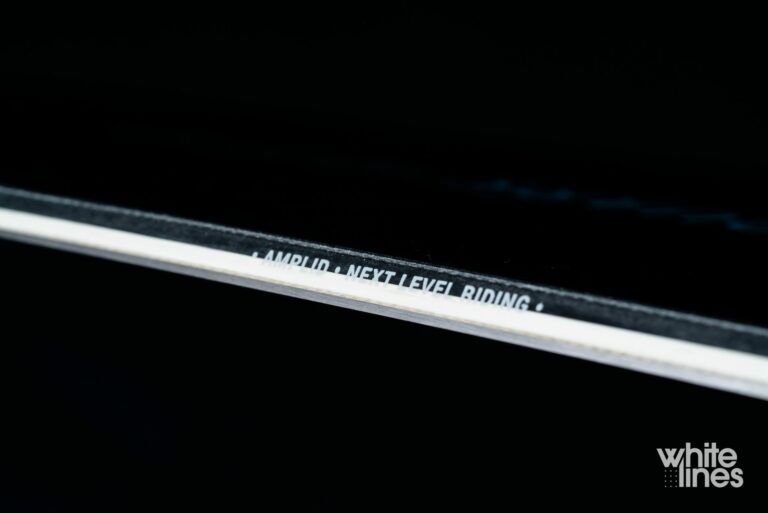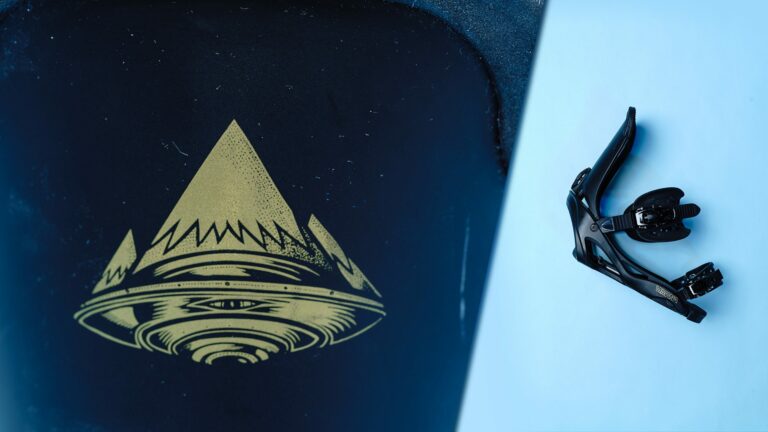UPDATE: Check out our reviews of the Best Snowboard Base Layers for 2020/2021 by clicking here.
Many things can spoil a day out snowboarding; the resort being taken over by 500 ski school kids who incessantly snake down the whole hill, getting stuck on a super long gondola with someone who smells like microwaved turd, realising you’re a skier…
The list is seemingly endless but is there anything more capable of spoiling your day than getting cold when you’re out snowboarding, sitting shivering on a chairlift because you didn’t layer up properly? Or perhaps you went overboard and wore 14 long sleeve t shirts underneath your hoody and now you’re the one who smells like a microwaved turd. A proper base layer will help to regulate your temperature while you’re out and about on the hill.
“A proper base layer will help to regulate your temperature while you’re out and about on the hill”
There are several different types of base layer to choose from and no matter where you’re riding, from Alaskan backcountry missions to slushy may park laps there’s a base layer to suit your needs. Different thickness’ generally will denote what climate they’re best suited to, although you’ll want to factor your own personal preference into this. The thicker the layer, the warmer it’s going to be, but some materials are warmer than others.
They’re not just for days so cold your tongue sticks to the roof of your mouth, they’re really useful for warmer climates as well. A good base layer will work to absorb moisture vapour and help it evaporate into the air leaving a layer of fresher air next to your body. Sweat gets moved from your skin into the air, leaving you feeling cool and airy.
Merino is the material of choice in most base layers these days; it exhibits all the properties you’d want from your first line of defense. Merino wool is made up of very lightweight fibres that are comfortable direct to skin and allow a nice airflow so you can cool off better. If you’re a pongy person then you’re in luck because it’s also naturally antimicrobial and doesn’t absorb odours the same way a synthetic material would. You can often wear Merino for several days without needing to wash it, although that’s not factoring in some people’s extra musky odours.
“A good baselayer will work to absorb moisture vapour and help it evaporate into the air”
A baselayer should be fairly snug fitting (we’re not talking Jon Bon Jovi circa 1986) so it can effectively wick the sweat from your skin. Moving the sweat away from you prevents it from soaking into your clothes and letting it dry, which in the cold temperatures can become freezing, and in warm temperatures can cause a stomach-turning smell. Try to steer clear of cotton-based products are they’re notorious for collecting and holding moisture.
Generally, base layers will come as a top and bottoms, but most companies make at least one all-in-1 option, which is great for warmth, but not so great when you’re 6 beers deep and gagging for a tinkle. They’ll usually come in different lengths for different temperatures, so you can wear short sleeves in April but might want the whole shebang in February.
There’s a buttload of base layers out there, so we’ve trawled through and found the best options for winter 2019/20.
Burton AK Power Grid Hood | Eivy Autumn Landscape Adjustable Top and Bottom | Eivy Leopard Hood Top and Bottom | Ice Breaker Oasis LS Long Leggings Set | Ice Breaker Oasis LS Legless Set | Mons Royale Women’s Cornice Half Zip | Mons Royale Olympus Rollover | Nikita Straightaway LS Tee and Big Hug Legging | Smartwool Intraknit Merino 200 Crew


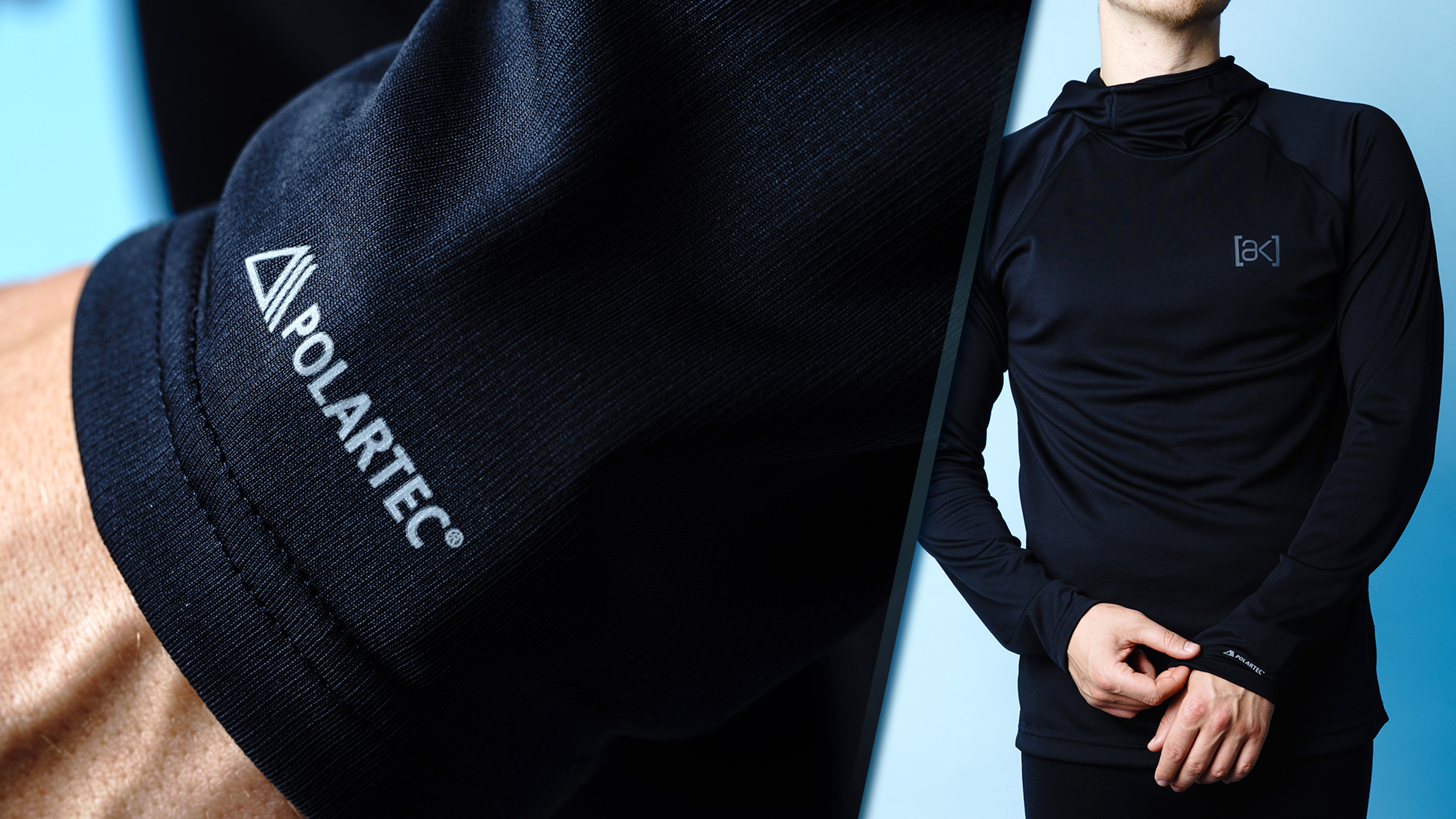
 Eivy Autumn Landscape Adjustable Top and Bottom Snowboard Base Layer 2019-2020
Eivy Autumn Landscape Adjustable Top and Bottom Snowboard Base Layer 2019-2020
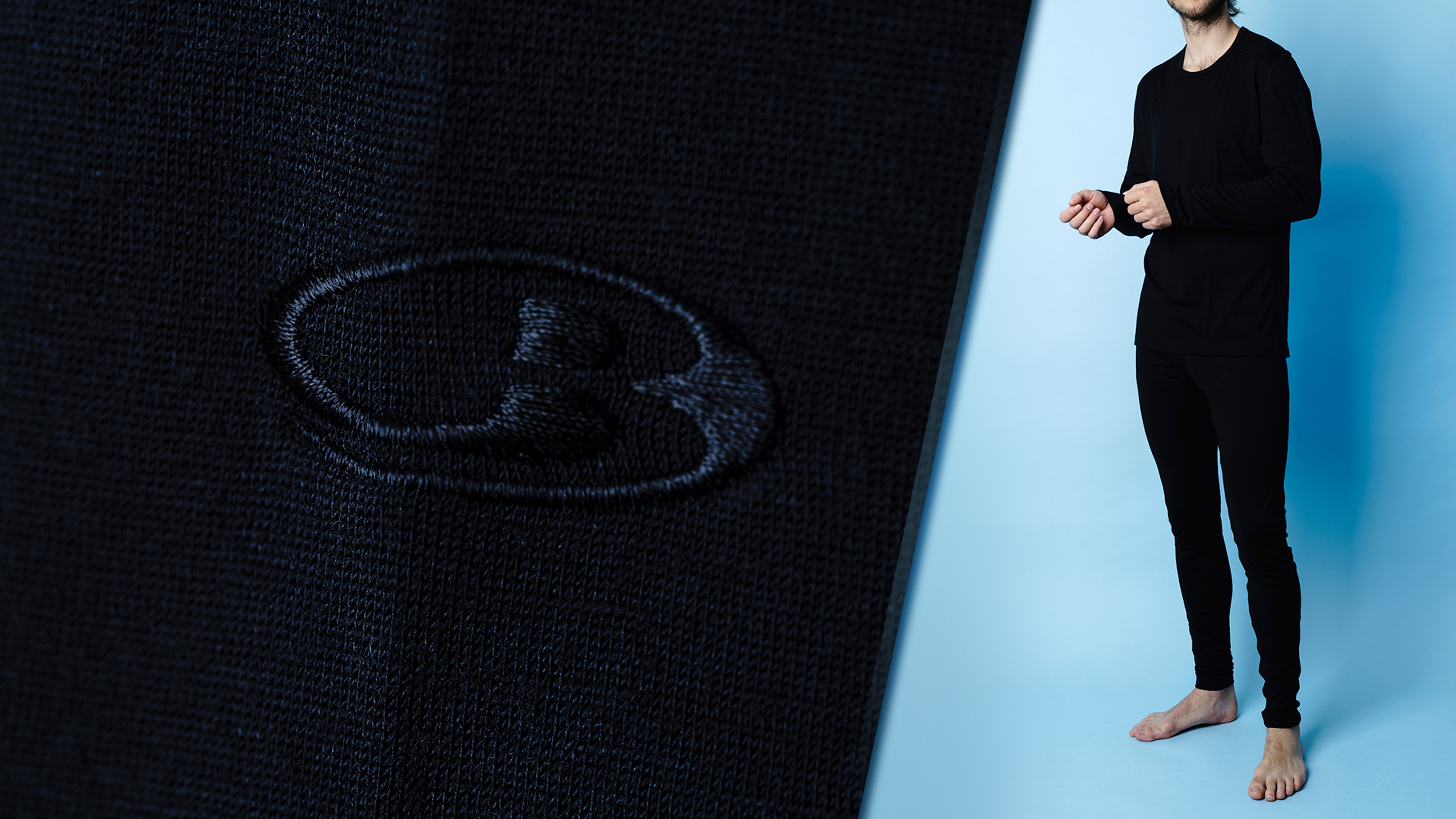
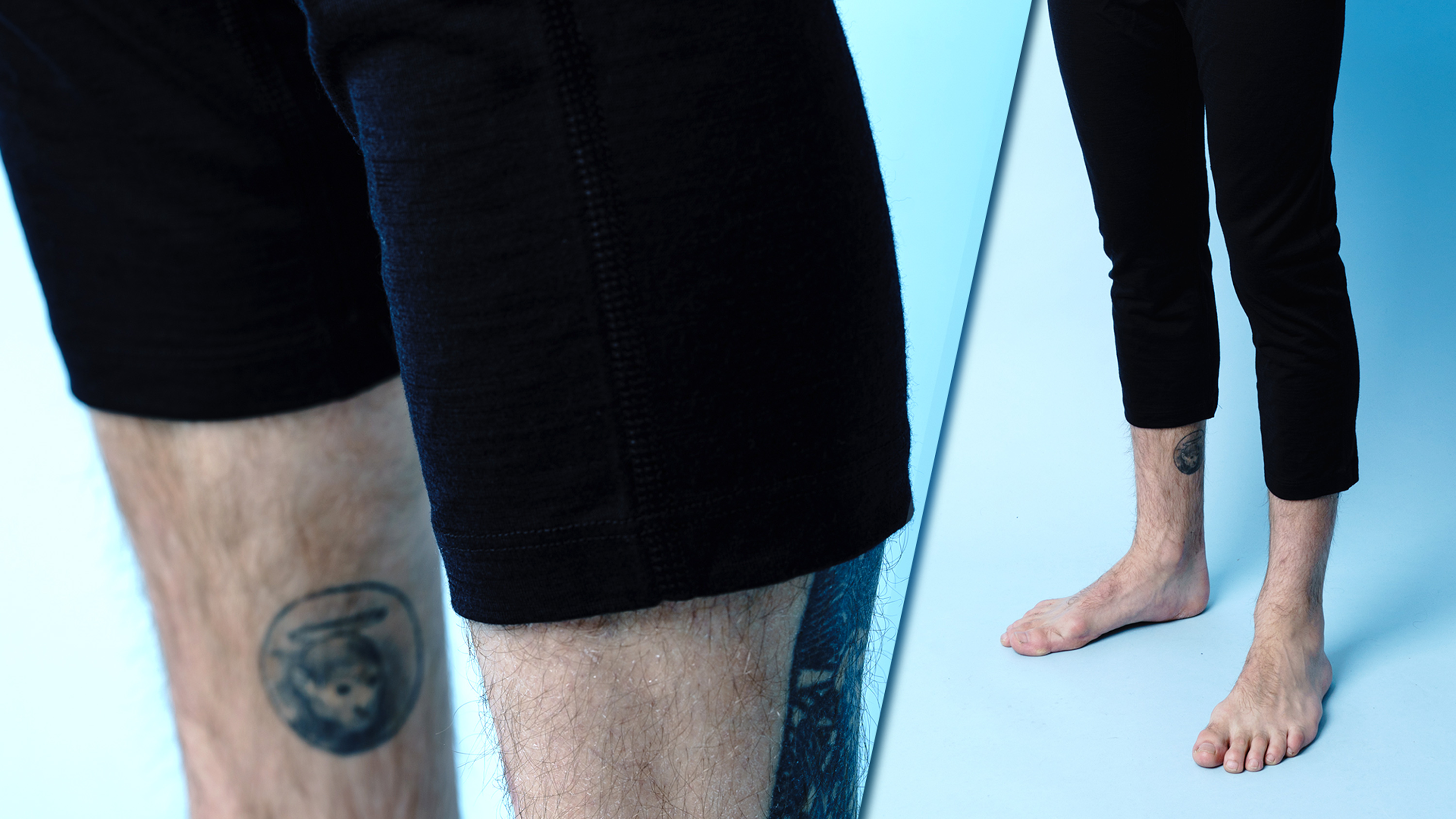
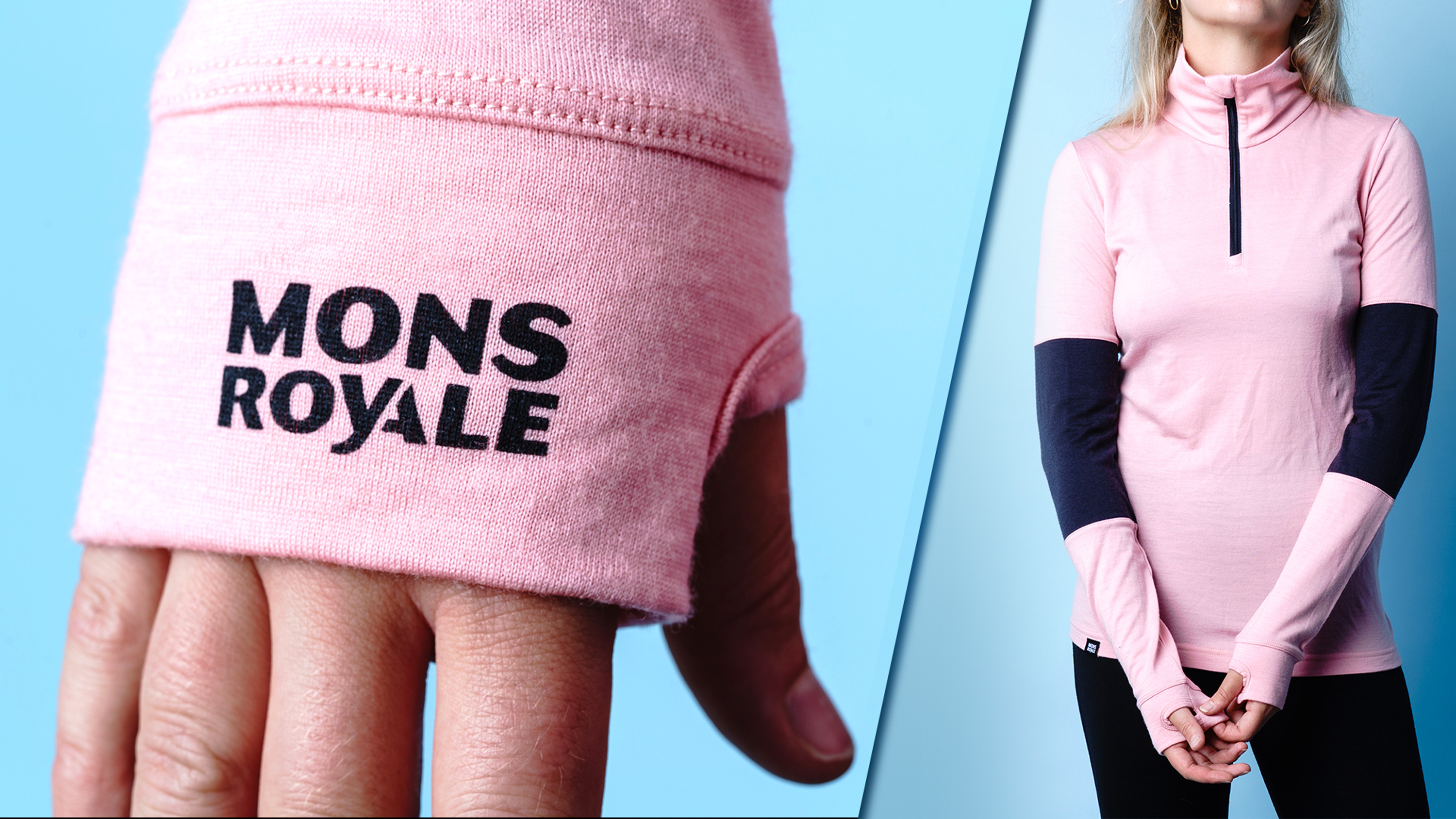
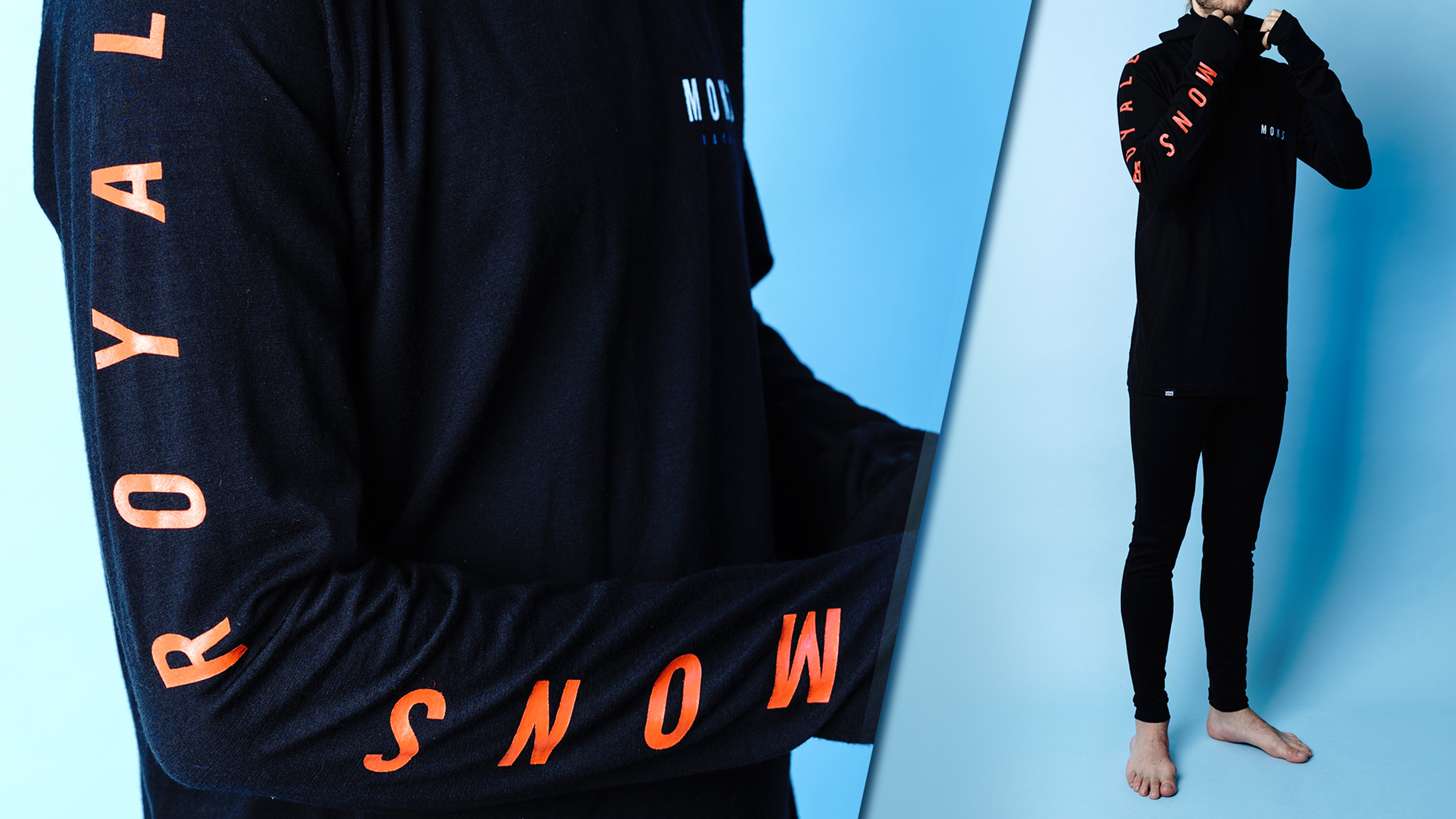
 Nikita Straightaway LS Tee and Big Hug Legging Snowboard Base Layer 2019-2020
Nikita Straightaway LS Tee and Big Hug Legging Snowboard Base Layer 2019-2020

